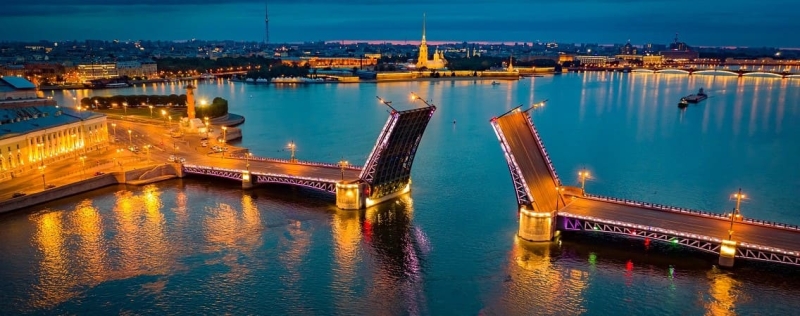
Many tourists are used to walking around St. Petersburg and getting to the suburbs by train. But try taking a car: this way you can visit remote locations in the city and create routes without being tied to the public transport schedule. We offer ideas for a three-day road trip around the Northern capital and the Leningrad region.
How to get there

Many cities are connected with St. Petersburg by direct flights. For example, the cost of a ticket from Moscow and back starts from 4,800 rubles*, and the flight lasts about 1.5 hours.
You can also get to the Northern capital by train. The Lastochka train takes a little over 6 hours, and the Sapsan high-speed train arrives in 3.5 hours.
The journey by car from Moscow along the new toll highway will take about 6 hours, and along Leningradskoe Highway – about 10 hours.
Where to stay
Four-star Meltzer Hotel (rating 9.3) – from 4,624 rubles per room.*
Hotel near the Hermitage (score 9) – from 6,500 rubles per room.*
Four-star hotel AKYAN (rating 10) – from 7,055 rubles per room.*
Day 1: St. Petersburg
Walk through the center
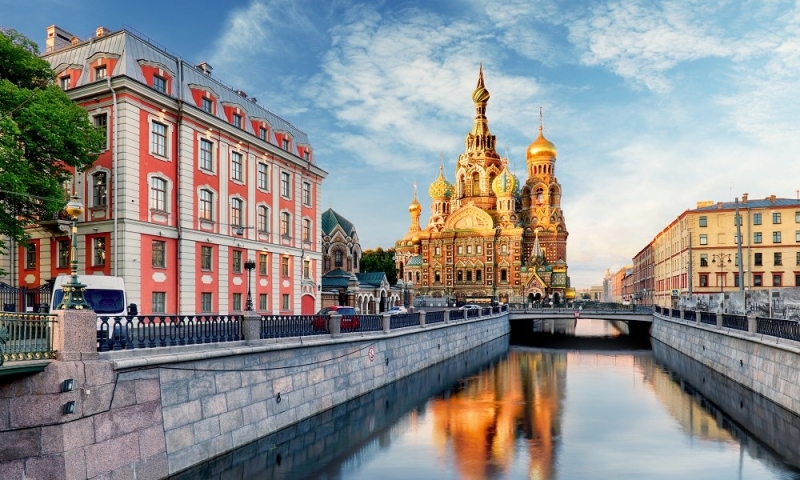
If you have never been to St. Petersburg, then the first half of the day is worth spending on the classic route through the city center. Take a walk along Nevsky Prospekt, paying attention to the historical buildings: Anichkov Palace, Eliseevsky Store, Bolshoi Gostiny Dvor, Kazan Cathedral, the house of the Singer company, the Church of the Savior on Spilled Blood, and others. Walk to Palace Square and the Winter Palace, take a photo with the Atlanteans of the Hermitage. Walk out onto the Neva embankment and look at the Kunstkamera, the Exchange, the red Rostral Columns and the Peter and Paul Fortress on the opposite bank. Turn towards the Bronze Horseman and go past the Admiralty to St. Isaac’s Cathedral.
If you’ve already been to St. Petersburg, get in the car and go explore new fashionable hotspots that are located away from the tourist center.
Amusement park “Divo Island”
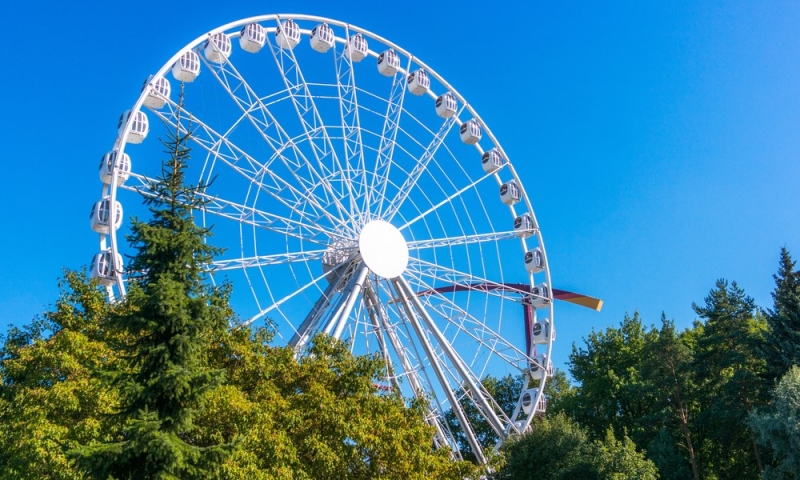
One of the largest amusement parks in Russia is located on Krestovsky Island. More than 40 attractions are distributed between four zones: children’s, family, play and extreme. The fifth zone is occupied by cafes and fast food. The park is open only in summer and in good weather, on weekends there is an entrance fee, tickets for each attraction can be purchased individually or you can purchase a membership bracelet.
Parking: on neighboring streets, for example, on Martynov embankment, so as parking near the park is prohibited.
Park of the 300th anniversary of St. Petersburg
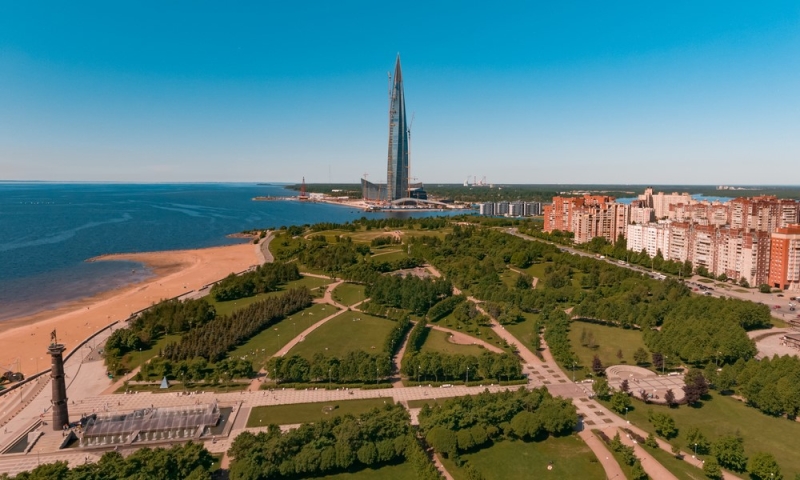
One of the youngest parks in the city has green areas, wide walking paths, a sandy beach near the Gulf of Finland and first-class views of ambitious architectural structures – the Lakhta Center skyscraper and the Gazprom Arena stadium. To quickly explore the park, you can rent a Segway or bicycle.
Parking: several spaces in front of the park and parking near the neighboring shopping center ” PeterLand”.
Embankment in front of Lakhta Center
Now you can see the Lakhta Center not only from afar, but also walk near its foot along the new landscaped embankment. The stylish space was decorated according to the latest urban design. For example, wireless phone chargers are built into wooden benches. The attraction point of the embankment is a feather-shaped mirror amphitheater, where you can relax, work and photograph the reflection of a skyscraper.
Parking: there is no separate parking near the embankment, so it’s more convenient to leave your car next to the park of the 300th anniversary of St. Petersburg and can be reached on foot.
Sevkabel Port
After the modernization of the Sevkabel plant, the former industrial harbor of Vasilyevsky Island became a popular business and cultural space. The main feature of the place is the equipped promenade and bar line with terraces from which you can see the Gulf of Finland and the high Western High-Speed Diameter Bridge. In summer, mass training sessions and evening concerts take place near the water. The graffiti-covered area of Sevkabel is open all night. During the day, you can have a snack here in affordable cafes or buy fast food in food trucks. The site hosts gastronomic festivals, public lectures, independent film screenings and other public events.
Parking: the cluster does not have its own parking lot, but you can find a parking space on neighboring streets.
New Holland
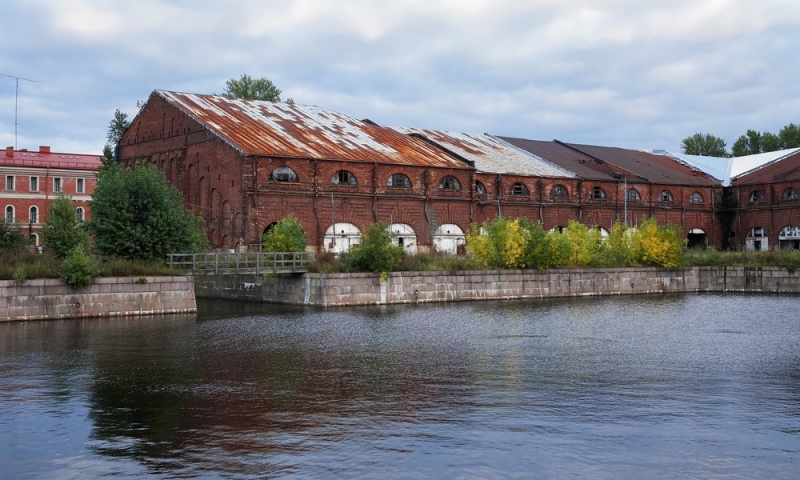
The old abandoned shipyards of the 17th century, after a long reconstruction, turned into a modern art space with conceptual restaurants, designer stores and exhibition halls. Art festivals are regularly held here, and famous Russian and world artists bring their performances. Unlike Sevkabel, the atmosphere in New Holland is more sophisticated and glamorous. On the territory of the cluster there is a swimming pool, lawns with sun loungers, flower beds and a themed children’s playground in the shape of a ship’s skeleton.
Parking: on nearby streets.
Canonersky Island
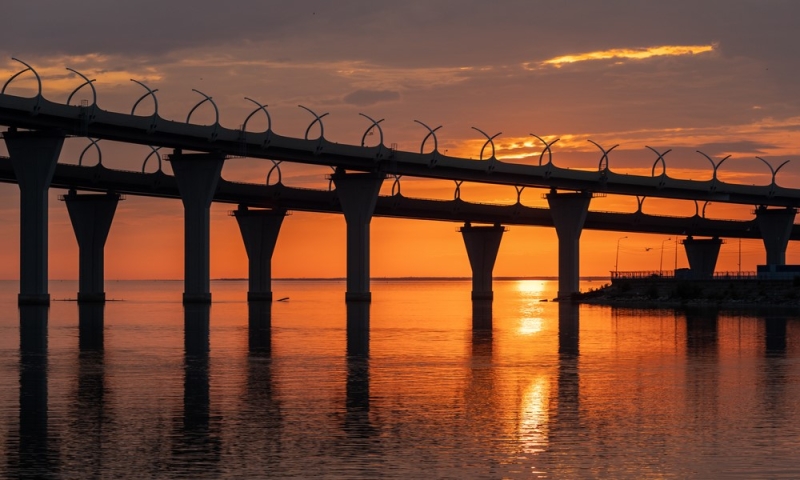
Lovers of apocalyptic landscapes will be inspired by the sunset on Kanonersky Island. The sun here sinks into the water between the pillars of the skeletal leviathan of the Western Speed Diameter. It passes right over the roofs of residential buildings, producing an oppressive and bewitching impression.
Parking: free on the streets of the area.
Day 2: circular route along the coast of the Gulf of Finland
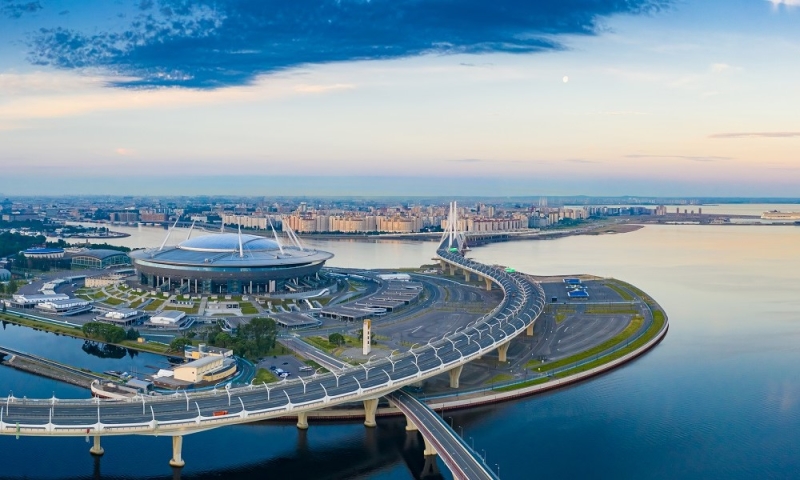
The intense itinerary of the second day is designed for active travel by car and quick sightseeing. For a more relaxed pace, it is better to choose one or two locations from this list.
Peterhof
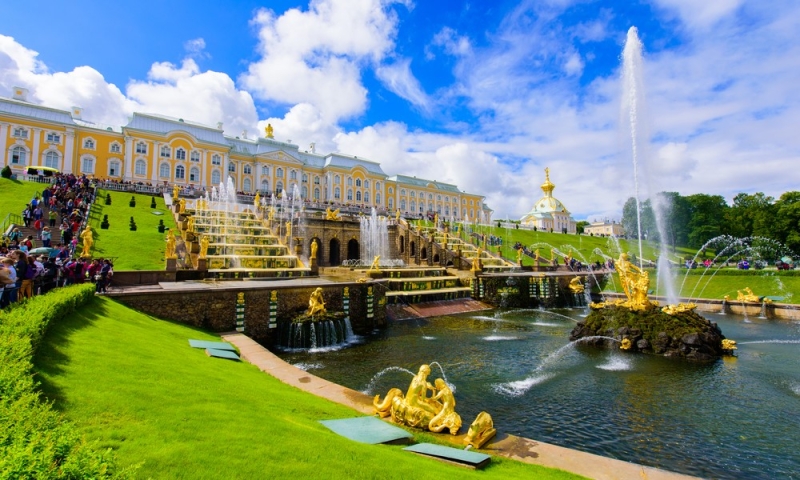
The pompous royal residence literally “attacks” tourists with luxurious parks, wide alleys, white colonnades, shiny gilding and spacious sea panoramas. A unique treasure of Peterhof is almost 150 fantasy fountains of the 18th–19th centuries. Each of them has its own individual image and operating principle. It takes at least four hours to get around all the objects. If you have never been to St. Petersburg, then you should start getting acquainted with the suburbs from Peterhof.
Parking: spaces are located next to the Lower Park.
Oranienbaum
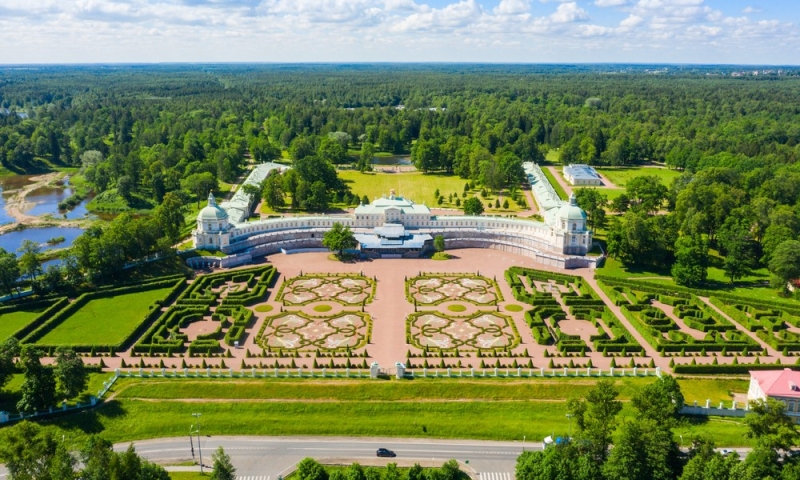
You can take a break from the sparkling Peterhof with your eyes and soul in Oranienbaum, which translated from German means “Orange Tree”. The air residence of the all-powerful favorite of Peter I, Alexei Menshikov, is today located in the city of Lomonosov. The palace is surrounded by an elegant landscaped park, shady alleys, buildings in the Rococo style and ceremonial flower beds with antique statues.
Parking: spaces are located next to the Lower Park of Peterhof.
Kronstadt
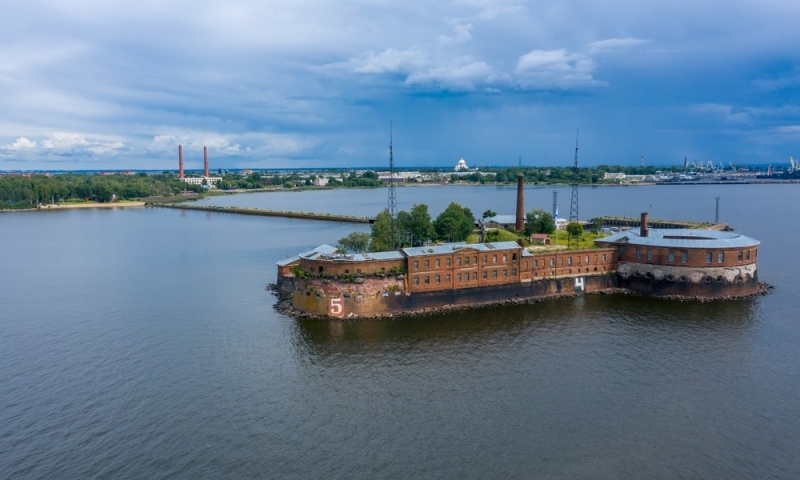
The former closed military port city is located on Kotlin Island. Today, the ring road passes through it, connecting the southern and northern parts of the Neva Bay. The history of Kronstadt is inextricably linked with the Russian fleet. Warships are moored in the city harbor near Petrovskaya pier. The architectural dominant of the city is the huge St. Nicholas Naval Cathedral, decorated with golden domes and marine motifs. Kronstadt is surrounded by a belt of forts. Today, the harsh city is actively developing its tourism potential, creating a special atmosphere and unique style.
Parking: on city streets. In the center the number of parking spaces is significantly limited.
Tender Beach in Solnechny
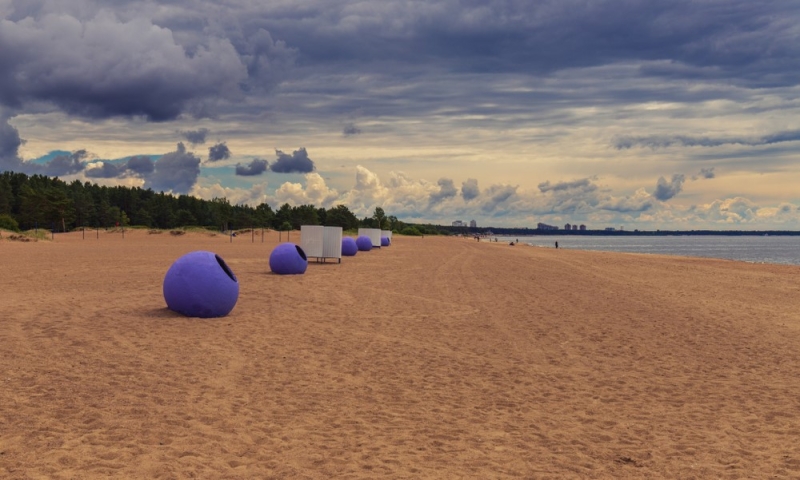
The northern coast of Neva Bay is occupied by numerous resorts, where vacationers breathe healing sea air. You can end a busy day by watching the sunset on the Laskovy beach in the village of Solnechny. Despite the fact that swimming is prohibited here, this is one of the cleanest and most popular beaches near St. Petersburg. Here you can also relax in one of the spa hotels, for example, in the five-star Harmony.
Parking: spaces near the beach.
Day 3: Romance of Antiquity
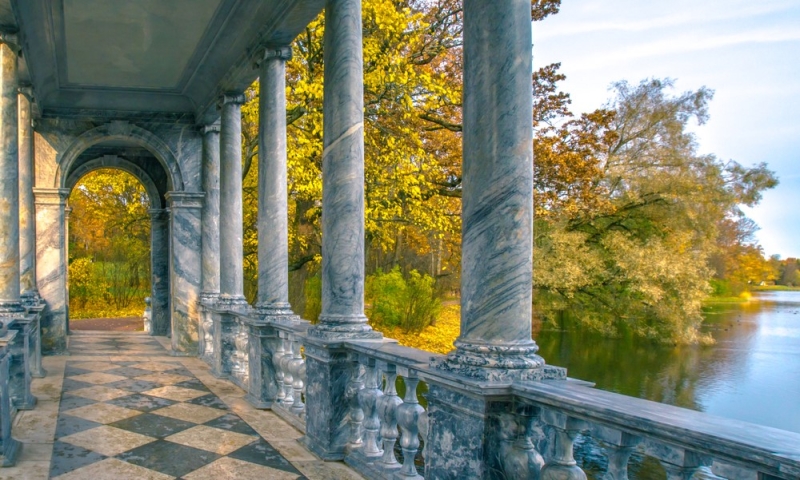
On this route you can also choose one point or organize an eventful trip for the whole day.
Tsarskoye Selo
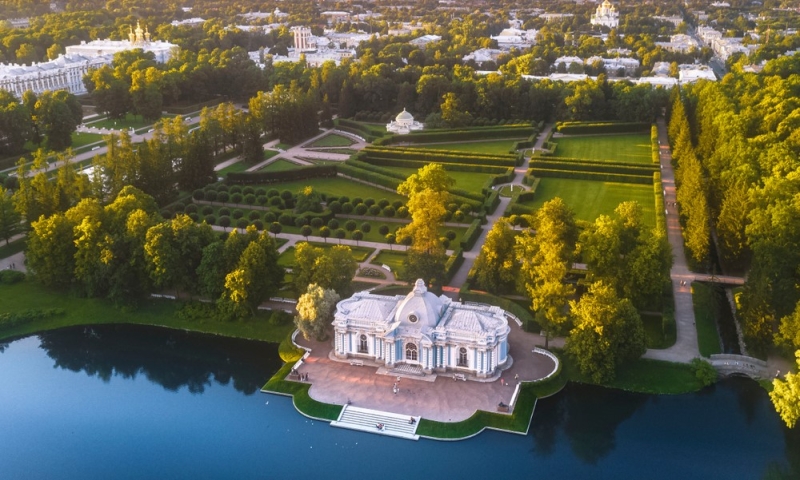
The museum-reserve includes three parks, where you can find Egyptian pyramids, a Chinese gazebo, and romantic European ruins. A popular museum object is the Amber Room, hidden within the walls of the huge, luxurious Baroque-style Catherine Palace. Part of the premises of the residence was occupied by the Tsarskoye Selo Lyceum, where A. S. Pushkin studied.
Parking:parking is located next to the entrance to the park.
Pavlovsk
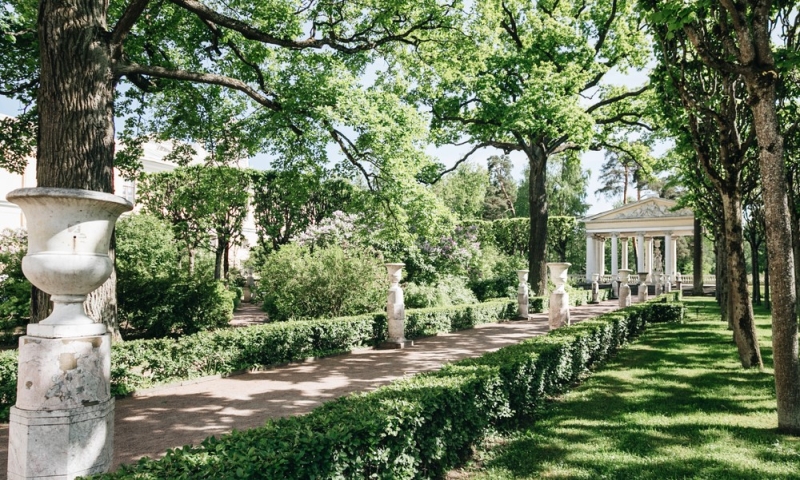
The summer residence of Emperor Paul I is quite consistent with his character: both strict and melancholic. On one side there is a slender semicircle of the palace, devoid of unnecessary details, and a wide parade ground in front of it. On the other hand, there is a seemingly chaotic romantic park with a thin river in duckweed, humpbacked bridges, ruins and ancient statues under the shade of old gloomy trees. The peace of vacationers is disturbed only by fat squirrels, for which you can buy food from hawkers.
Parking: on Sadovaya Street, not far from the entrance to the palace.
Place of the Neva Battle
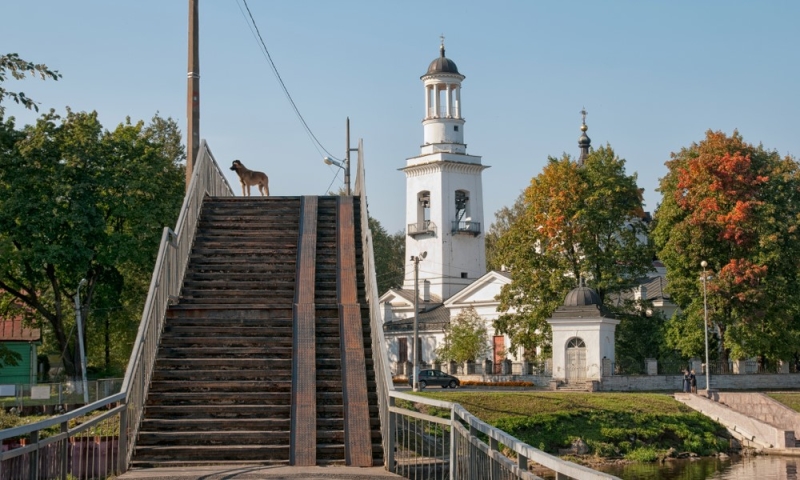
In 1240, at the confluence of the Izhora and the Neva, one of the key battles for Russian history took place. Thanks to the victory over the enemy, Rus’ retained the most important trade outlets to the Baltic Sea, and the commander, Prince Alexander Yaroslavich, began to be called Nevsky. Today, on the historical site there is the Church of Alexander Nevsky and the museum-diorama “Battle of the Neva”.
Parking: spaces near the Alexander Nevsky Church.
Shlisselburg
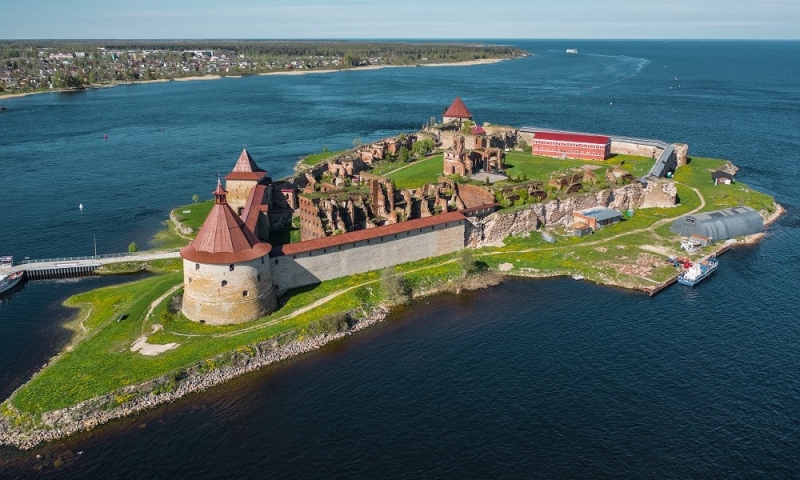
The Oreshek fortress on Lake Ladoga, founded by the Novgorodians, belonged to the Swedes, but Peter I managed to return the citadel to Russia. After the construction of Kronstadt, it lost its military significance and turned into a prison. The most famous prisoner of Oreshok is the heir to the throne, John XVII, who was overthrown during palace coups. Today, you can get to the fortress, where the museum is organized, by boat from Petrokrepost Bay in the village named after. Morozova.
Parking: spontaneous on one of the streets of the village.
*Prices are current at the time of publication.

